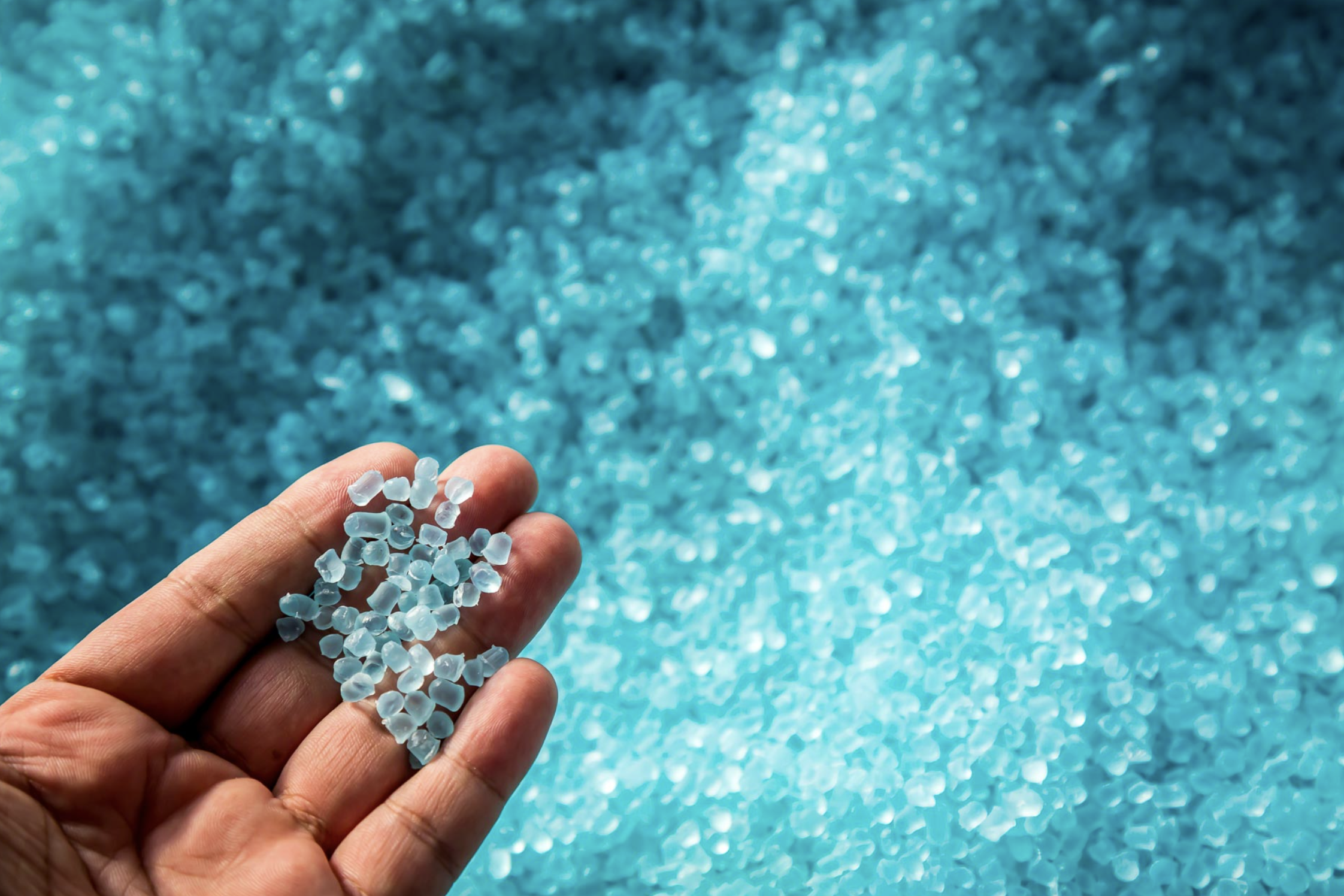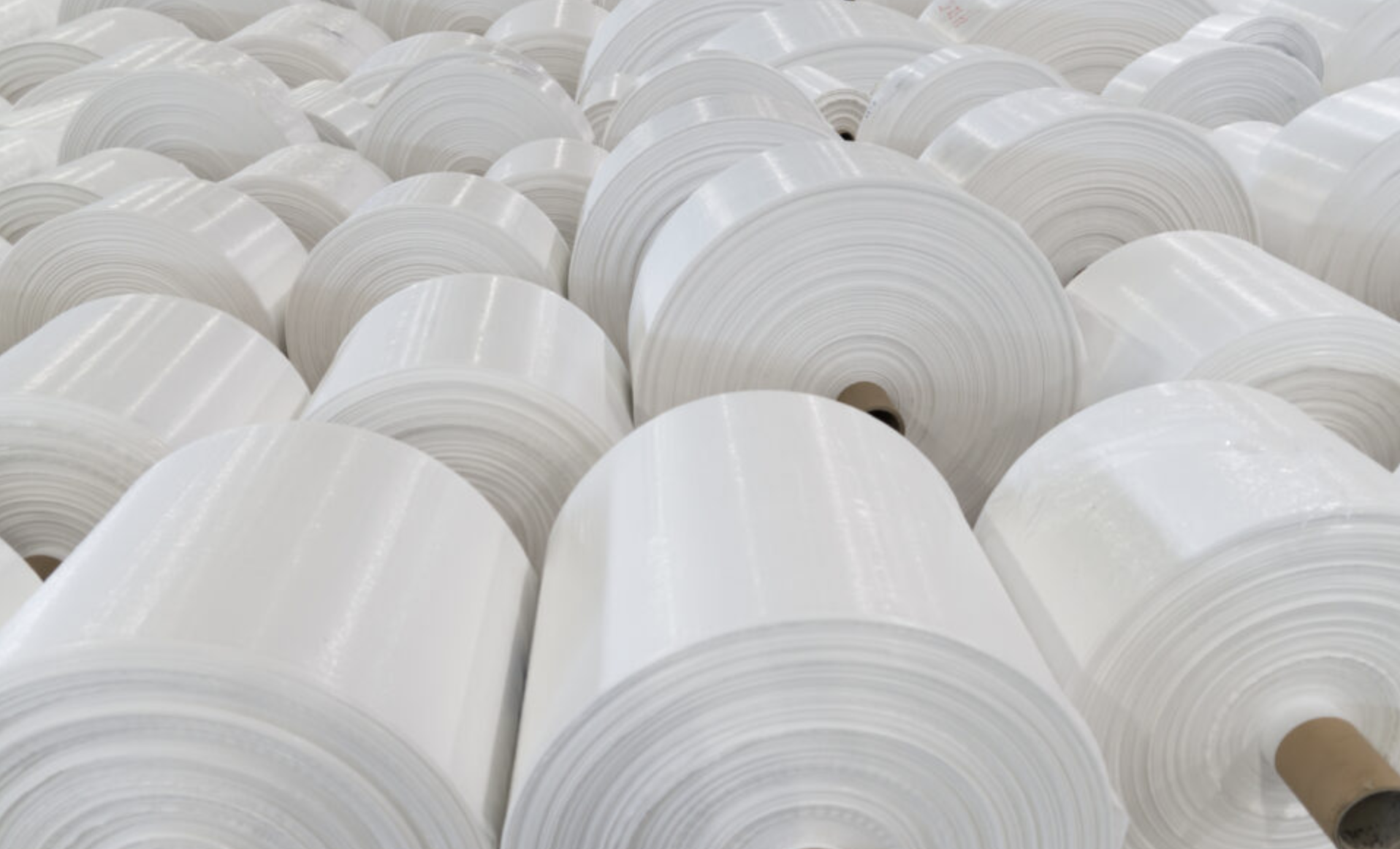How to Wash Cotton?
Cotton fabric is made from natural plant fibres and is used in various applications, including garments, table linens, and bedding. Cotton clothing is affordable and long-lasting, and while cotton blends are usually ready to wear right out of the dryer, 100% cotton clothing needs a little more care to look its best and last for years.
How often to clean cotton clothes?
In this scenario, less is more. That is unquestionably good advice when it comes to your laundry. For best endurance and durability, a 100 per cent cotton T-Shirt should only be washed when required. Even though high-quality cotton is long-lasting, each wash stresses the natural fibres, causing your T-shirt to age and fade faster. As a result, just washing your favourite t-shirt less is one of the most essential tips for extending its life.
Every wash has an environmental impact in terms of both water and energy and washing less can monumentally help conserve water. In Western societies, laundry routines are often based on habits, e.g., cleaning after every wear rather than actual need, e.g., washing when dirty. It is more hygienic to wash clothes only when they are needed, but it also helps preserve a more sustainable relationship with the environment.
How to wash cotton clothes?
As there are various types of cotton cloth and so many diverse applications for it, it isn’t easy to give washing directions for it. To be safe, always read the care label on any cotton item before washing it.
Cotton t-shirts are prone to shrinking after being washed and dried. To avoid this, wash your clothes in cold water, whether you’re using a washing machine or doing it by hand. Give your garments a moderate stretch when you pull them out of the dryer to get them back into shape. Always let your clothes air dry, preferably flat and out of direct sunlight. If you have an item that you know will shrink more than 10%, handwash it in cold water.
How to treat stains immediately
If a stain appears on a specific area of your T-Shirt, the first and most important rule to follow is to treat the colour as soon as possible. Natural fabrics, like cotton or linen, are excellent at absorbing liquids; therefore, the sooner you start removing the stain, the easier it will be to remove it altogether.
Unfortunately, there isn’t a stain remover that works on a wide range of substances. According to research, the more effective a stain remover is, the more aggressive it is against a garment’s colour. It is recommended that you first rinse the stain with warm water before putting a little detergent or soap on it. For stubborn stains, use an industrial stain remover; however, bleach-based stain removers should be avoided on coloured cotton items. The bleach may fade the colour of the fabric and leave a stain.
Can you wash different colours together?
To keep your summer tees looking new, wash them together with brighter colours. When light colours are laundered together, the chances of a white T-shirt turning grey or being stained by another piece of clothing are reduced. Darker colours, especially if they’ve already been cleaned a few times, can typically be washed together in the machine. Sorting your laundry by fabric type may help you get even better results: athletics and workwear may demand different treatment than a soft summer shirt. If you’re unsure how to wash new clothing, a quick peek at the care label is always beneficial.
Conclusion
100% cotton clothing is easier to maintain than most people believe. When handwashing isn’t an option, utilise the gentle cycle on your machine. It is recommended that you use cold water for this task. If required, use warm water; but, unless you want the cotton item to shrink, do not use hot water. To protect the outer side of the cloth, always wash them inside out. When drying outside on a clothesline, flip the garments inside out. The fabric will not fade in the sun as a result of this.





